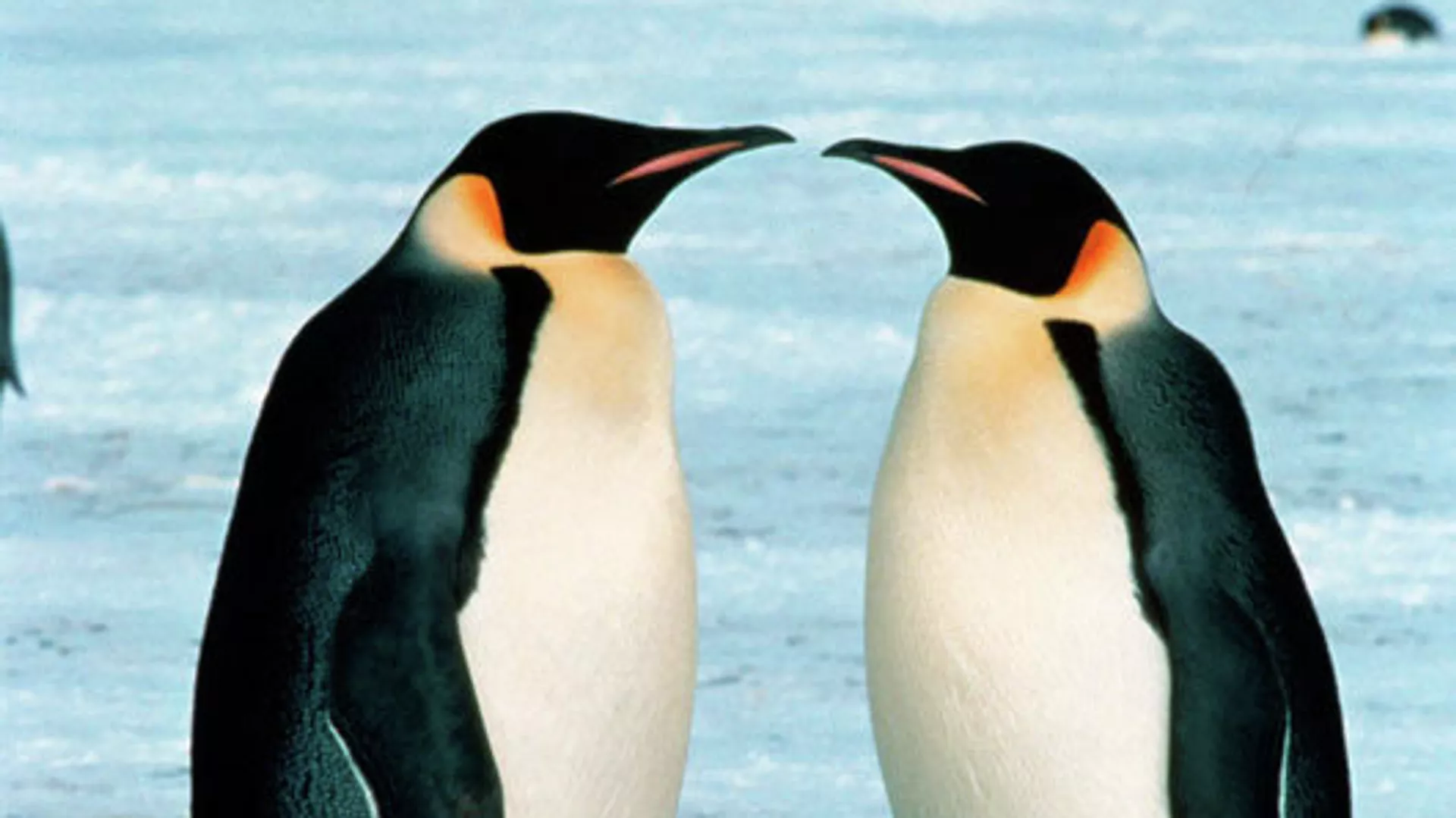‘Catastrophic’ loss: Huge colonies of emperor penguins saw no chicks survive last year as sea ice disappears
by Admin

As rapidly warming global temperatures help push Antarctica’s sea ice to unprecedented lows, it’s threatening the very existence of one of the continent’s most iconic species: emperor penguins.
Four out of five emperor penguin colonies analyzed in the Bellingshausen Sea, west of the Antarctic Peninsula, saw no chicks survive last year as the area experienced an enormous loss of sea ice, according to a study published Thursday in the journal Nature Communications Earth & Environment.
This widespread “catastrophic breeding failure” is the first such recorded incident, according to the report, and supports grim predictions that more than 90% of emperor penguin colonies will be “quasi-extinct” by 2100 as the world warms.
They found that in 2022, four of the colonies experienced “total reproductive failure,” meaning it is highly probable that no chicks survived.
Emperor penguins rely on stable sea ice attached to land for nesting and raising their chicks. Eggs are laid from May to June and after they hatch, the chicks develop their waterproof feathers and become independent around December and January.
But in 2022, the sea ice broke up much earlier, with the some parts of the region seeing a total loss by November. Researchers monitoring the satellite images said they were used to seeing black blobs on ice during that time of the year, but suddenly there were none.
When the sea ice breaks earlier, chicks can fall into the water and drown, said Norman Ratcliffe, co-author of the study and seabird biologist with the British Antarctic Survey. “Or they may drift away on floes and the adults just lose them and then they would starve to death,” he told CNN.
The penguins in this region have experienced “a massive loss,” said Ratcliffe, calling the findings “an early alarm bell.” Previously, these sorts of breeding failures “have been very much dispersed and at a lower incidence across the continent,” he said.
For the past few years, scientists have been sounding the alarm about a steep decline in Antarctica’s sea ice.
It fell to unprecedented lows in February, at the height of the continent’s summer. Even in the depths of winter, when the ice usually builds back, it still did not return to anywhere near expected levels. In mid-July, Antarctic sea ice reached the lowest level for this time of year since records began in 1945. It was 2.6 million square kilometers (1 million square miles) below the 1981 to 2010 average – an area as large as Argentina.
As rapidly warming global temperatures help push Antarctica’s sea ice to unprecedented lows, it’s threatening the very existence of one of the continent’s most iconic species: emperor penguins. Four out of five emperor penguin colonies analyzed in the Bellingshausen Sea, west of the Antarctic Peninsula, saw no chicks survive last year as the area experienced an…
Recent Posts
- Liverpool ends 15-year curse with statement win over Real Madrid
- The TSA-approved hack that allows travelers to bring a bottle of water through airport security
- Подводный WiFi, аквапонные фермы: как морские техностартапы привлекают инвесторов
- “Подводный интернет”: эта женщина может подключить беспроводную сеть на 3-километровой глубине
- Inside the wild world of Osaka’s dangerous, adrenaline-fueled float festivals